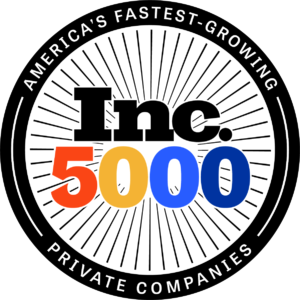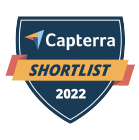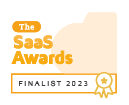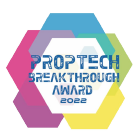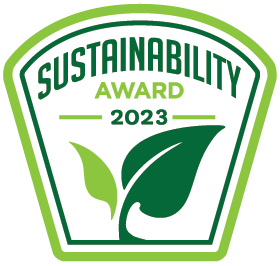The long awaited new lease standard has arrived! The International Accounting Standards Board (IASB) released its version of the new lease standard last week with implementation scheduled for early 2019. The US accounting standards board (FASB) is expected to release its version shortly with implementation to follow soon after IASB’s.
The Visual Lease blog
During my tenure as head of real estate I always began the new year with a few resolutions that would become goals for the year ahead. These were typically above and beyond department objectives for the year and represented personal goals for some kind of improvement. Here are a few that I recall..
With the New Year it’s a good time to take stock of the corporate real estate domain and consider the challenges facing the managerial profession responsible for the corporation’s real estate assets and services in the year ahead. Here are five major challenges if dealt with effectively will determine in part the success of corporate real estate in 2016.
In the last several blog posts, I’ve explored various aspects about the future and how these trends may affect the workplace. One key variable in the future workplace is demographic differences, or how generational differences will impact workplace design. I suspect we all assume various truisms about the major generations.
In my last Blog entry I wrote that IOT would be a megatrend that would revolutionize building operations by imbedding machine addressable technology in every aspect of the built environment. IOT is not new. In fact the technology has been around since the late 1990s. Gartner estimates that there will be nearly 26 billion devices on the Internet of Things by 2020.
Price Waterhouse Coopers recently published a report, “The Future of Work, a Journey to 2022,” in which the consulting firm developed three scenarios of how the future of work may evolve over the next 7 years. Mike reviews them here.
October, 2015 is the month and year when Marty McFly traveled from July 1985 to the future in the famous Delorean time machine. Thus, it’s a good time to review past predictions of the changing workplace, and to rate their accuracy. Predictions of the future almost always miss the mark. Here are a few of my favorite classic misses:*
In a earlier white paper, The Lease Accounting Tsunami; Are You Prepared to Weather the Storm?, I wrote that users should evaluate the effects of the new FASB/IASB on a company’sdebt structure, debt to equity, and other factors that would be affected by the new standard, assuming lease liabilities would be considered as debt. In point of fact, the FASB explicitly decided that Type B lease liabilities should not be considered as “debt.” However, the IASB which treats all leases as Type A leases or capital leases, does consider these liabilities as “debt-like liabilities.” (Their exact words) As one of my accounting friends advised “The accounting for Type A leases requires IASB companies to record interest expense, and segregates payments on the lease liability into operations and financing outflows per the cashflow statement, which is consistent with debt.”
Thus, US companies will experience less impact from the new standard, particularly as it relates to debt covenants, debt to equity metrics, and capital structures. But US companies with significant international lease portfolios subject to the IASB standard, will see their debt levels increase.
Having split my career between facilities management and IT management, I gained an appreciation of how these two professional disciplines have many similarities, but distinct differences which createpolitical difficulties in many organizations.
Virtually the entire infrastructure of the enterprise combines traditional facilities assets: buildings, land, furnishings, and lease contracts and IT assets: servers, storage, networks, mainframes, and applications. In the last half century these distinct asset classes have become ever more intertwined, interdependent, and fused to create work platforms.













